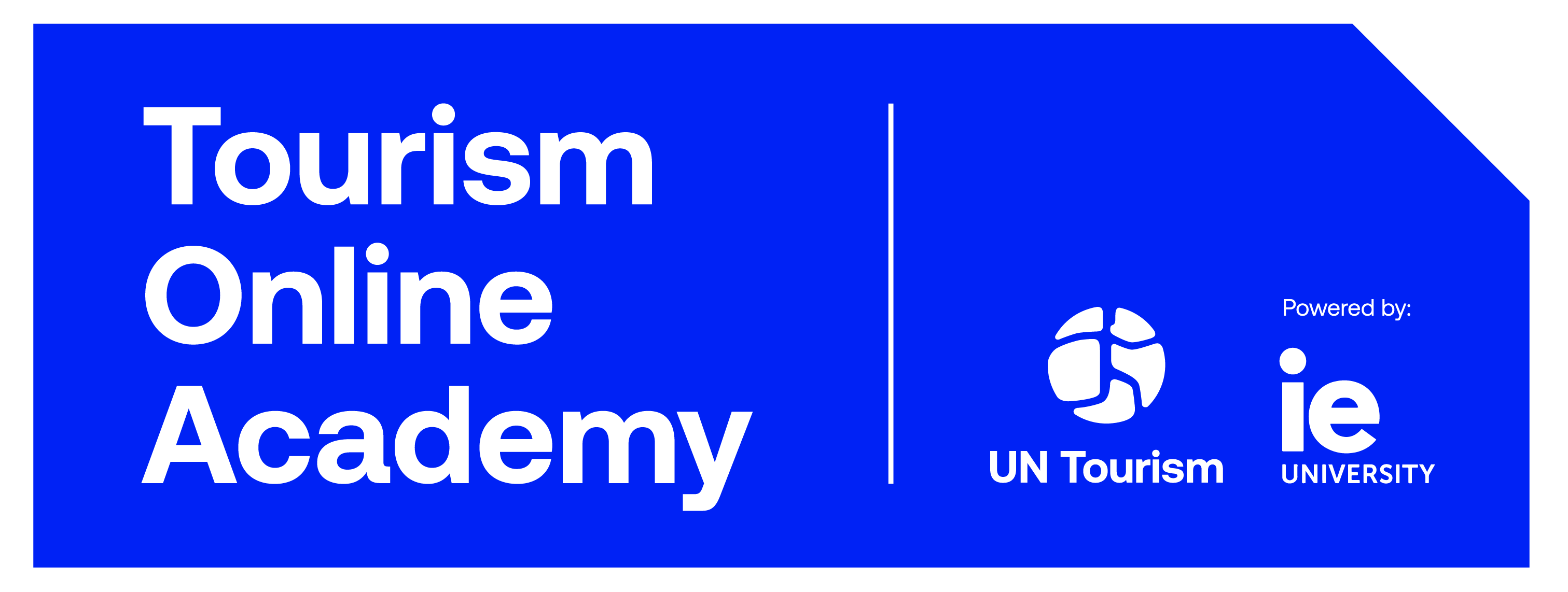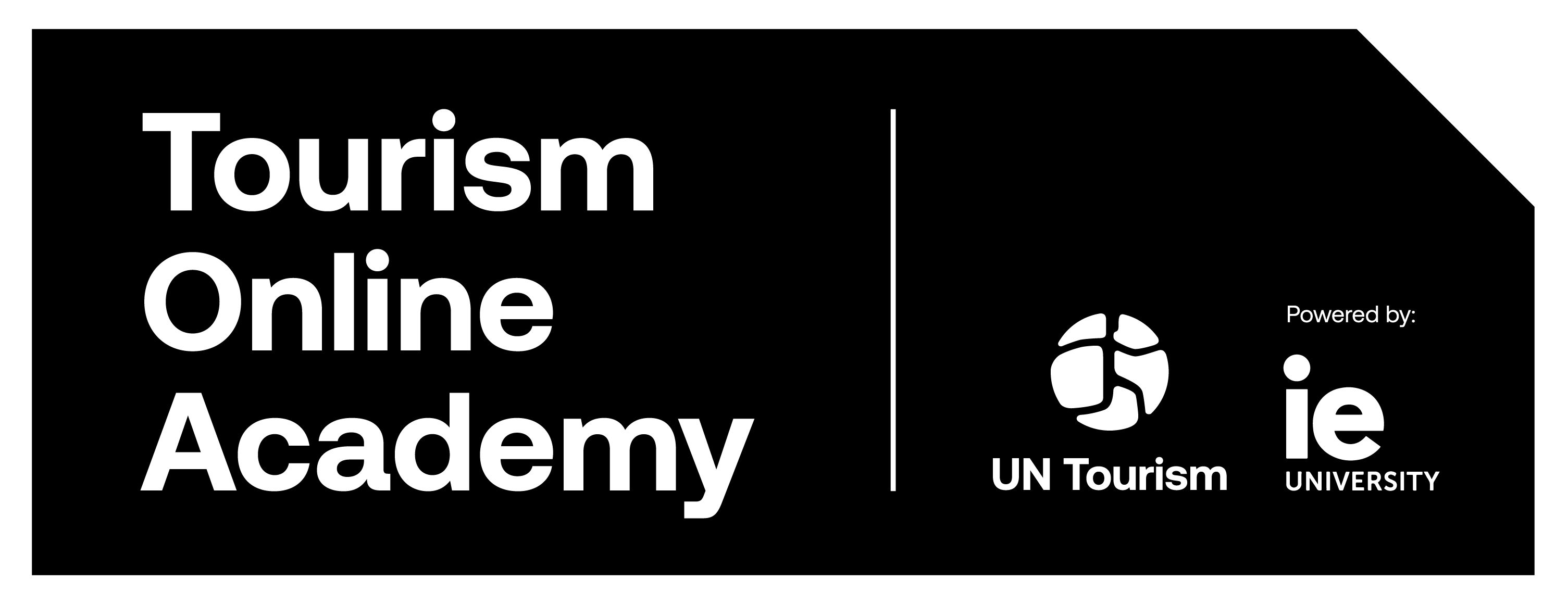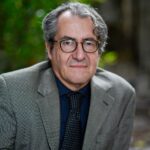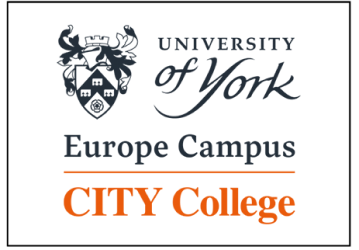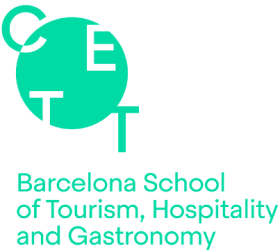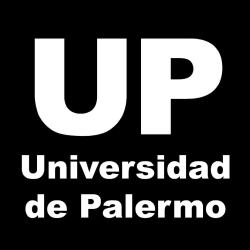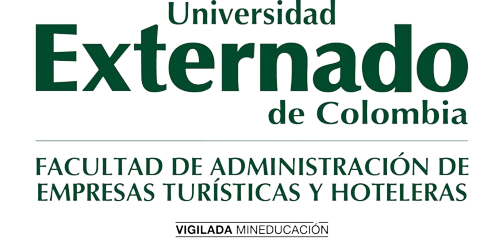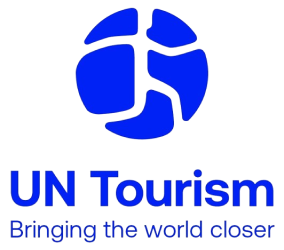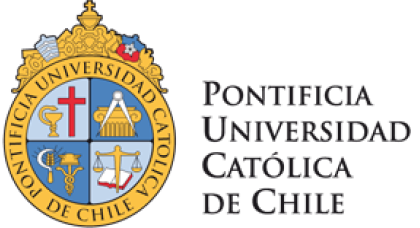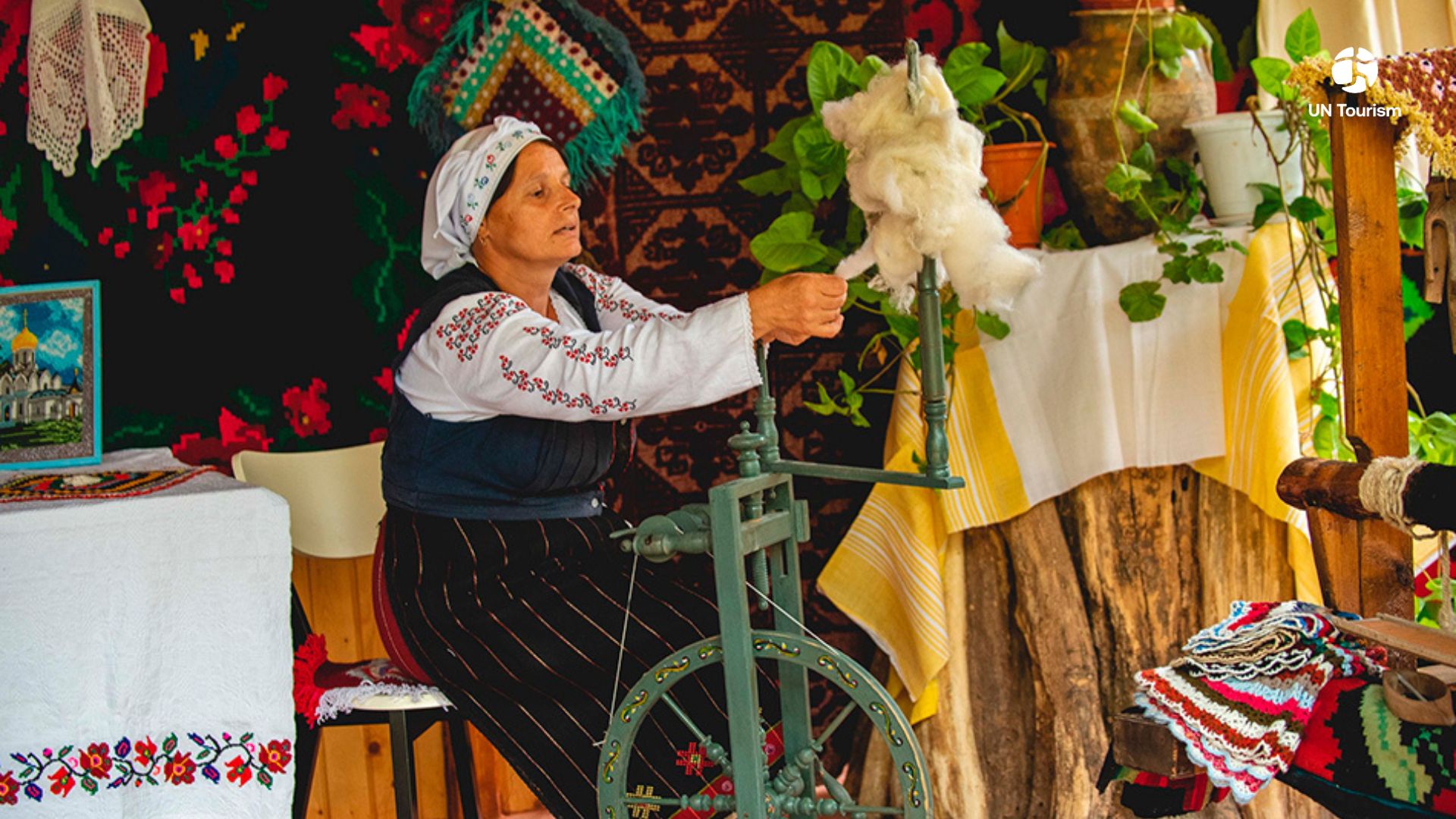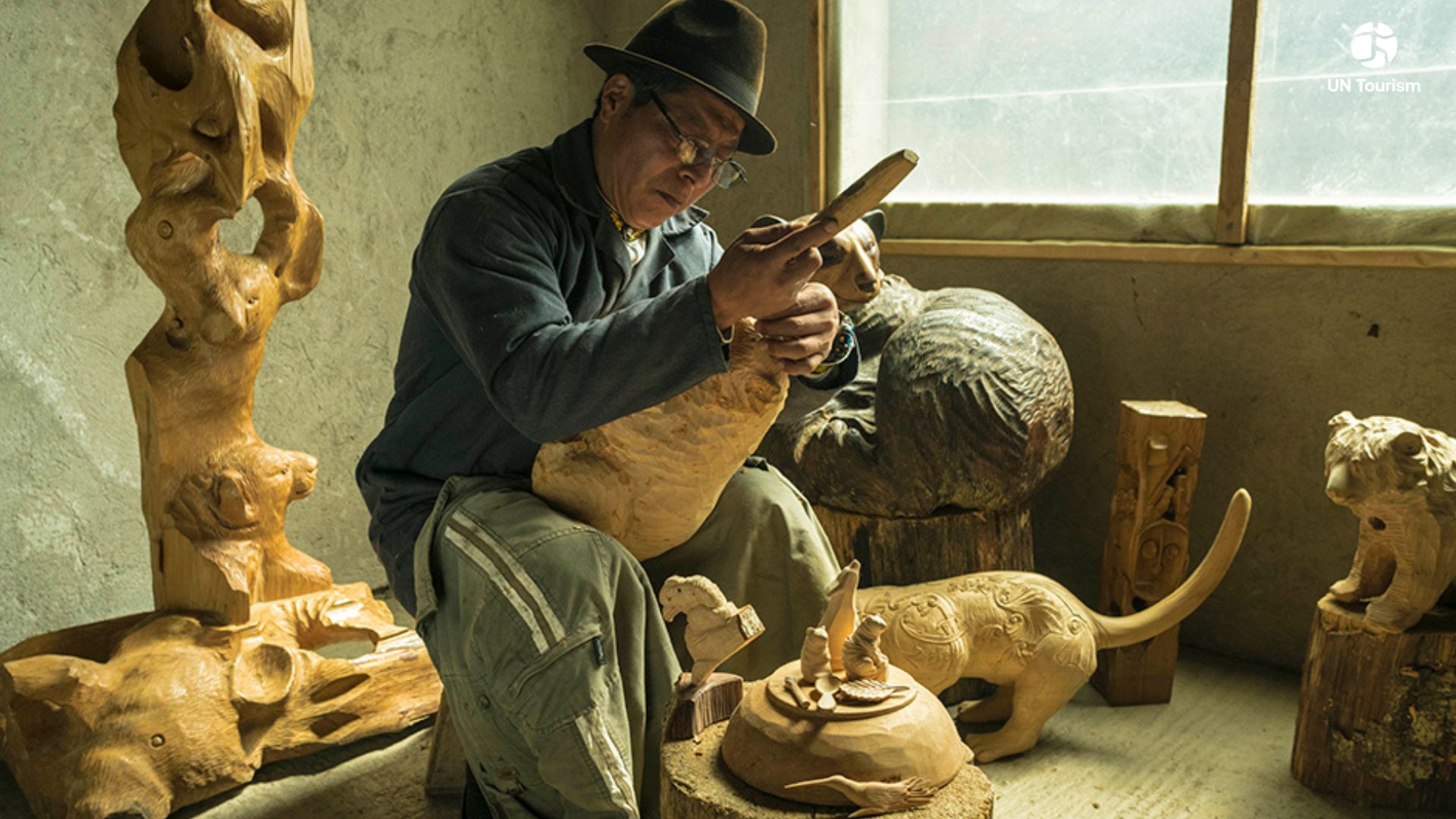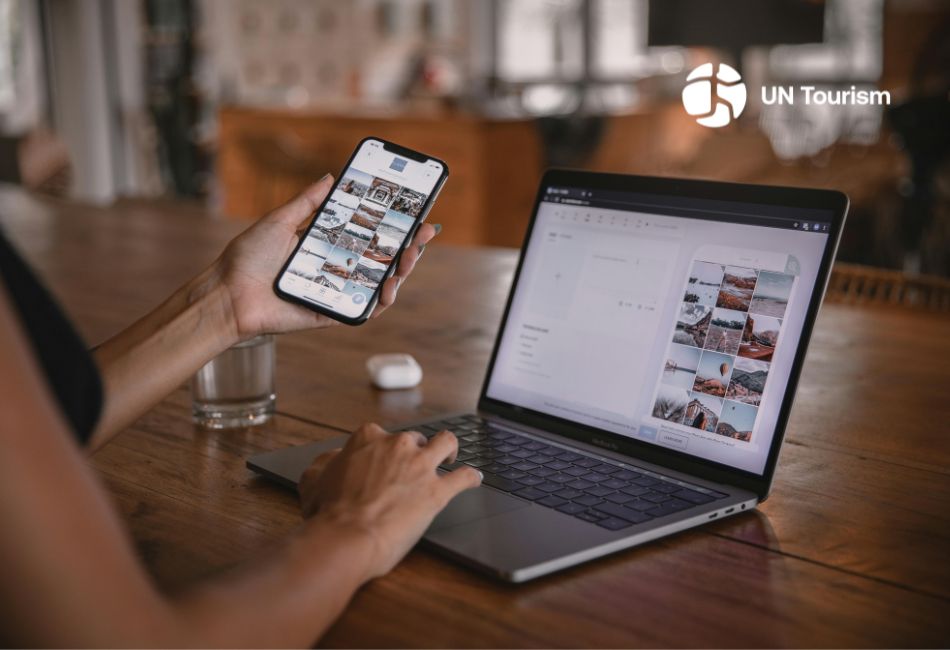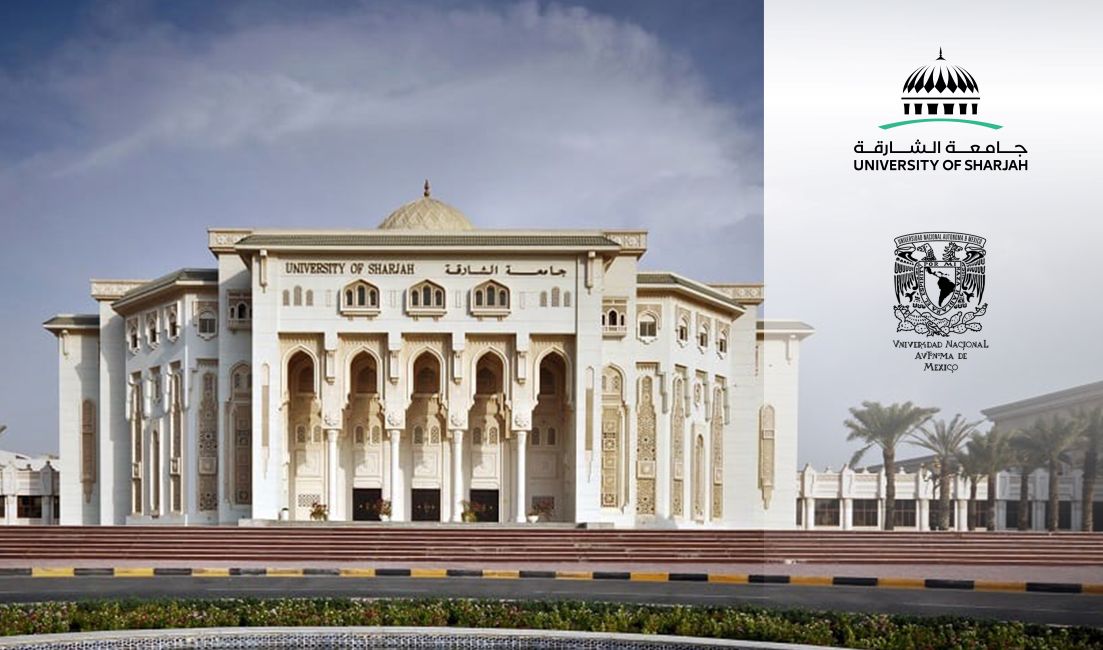Intersecting the fields of Ecotourism, Artist Residencies, & Indigenous Communities
Artist residencies are not generally considered as part of the ample field of tourism, despite their many touristic aspects. In general, you cannot pay and go. Artists must apply, their credentials and proposed projects are reviewed, and they are accepted or rejected. Then the financials are worked out. Some residencies charge variable fees. Many offer scholarships. Some pay renowned artists a fee. Residencies, also known as artist-in-residence programs, are opportunities given to artists to work on projects on-site, for a minimum of one week, often for one month, some extending to three months or even more, to develop new ideas, and explore their practice removed from the distractions of everyday life. Approximately 1,500 of these exist throughout the world.
Again, such residencies are usually not considered a part of tourism. However, many of them show considerable touristic potential. Properly-managed, artist residencies can deliver significant benefits through ecotourism, as we shall now explore. Due to my years-long collaboration with indigenous communities in Mexico, I focus this article on emerging artist residency projects there.
In 2019, the P’ai Foundation of Hawaii conducted a survey of existing artist residencies, with a focus on indigenous arts and artists. Of these, 38 were listed on an emerging database, without information on which were created and directed by indigenous people, and which had an interest in these themes and issues. The names and reputations of the respondents indicate there were perhaps three to five created and directed by indigenous people. The mention of this database has disappeared from the website of the P’ai Foundation, which was managing it. So this article is about an inchoate or developing field, with special reference to Mexico.
There are 32 states in Mexico. Three of these, Oaxaca, Chiapas, and Michoacán, are still largely dominated by indigenous history and living culture. Much of that culture and lifestyle would be at risk if the tourism offer developed doesn’t involve the local communities, and if it isn’t implemented with a sustainable and respectful approach that guarantees the protection and promotion of their rich traditions, environmental heritage, and economic viability, ultimately resulting in prosperity for the region.
The western Mexican state of Michoacán, largely populated by the P’urhépecha, is a land rich in traditions of agriculture, ceramics, a kind of whimsical clay sculpture known as “satiric sculpture”, guitar-making, stone carving, cuisine, the vernacular architectural structure of the “troje”, occasionally still used for grain storage but more frequently adapted into a vast variety of dwellings, shops, workshops, and other variations. And more. These traditions make possible the best kinds of deep cultural sharing – “convivencia” in Spanish.
The P’urhépecha people of the Patzingo Ecotourism Center outside the small city of San Juan Nuevo Parangaricutiro created various enterprises to provide financial and career stability for the region’s residents – among them water-bottling, pine furniture making, a television station, a fertilizer plant using charcoal, and ecotourism. Under the leadership of a community member, who is an environmental choreographer with a rich diversity of ancestral roots (P’urhépecha, Matlatzinca, Zapoteca, Chinese, and Spanish), the community agreed to investigate the creation of artist residencies as another income producer for them. And they then contacted the writer of this article.
Upon my first arrival, it was a concern that young people of the community, perhaps seeing the world’s wealth on their cell phones, were entertaining thoughts that life abroad was richer in opportunity than life at home. Since then, I have visited the community many times, with friends and colleagues from all over the world, and encountered young local people, and others, asking what are the attractions that they themselves don’t see, that make the region a draw for foreigners. On each visit since the creation of the initiative, the young members of the Grupo Folklórico P’urhépecha have increased, the age range has expanded, and young men into their 20s have returned.
Artist residencies can be considered a tourism model that has the potential for growth and positive impact because if, through the creation of indigenous-based international artist residencies within these eco–parks, jobs are created for tour guides, translators, native language teachers, drivers, and interpreters of the region’s rich cultural heritage, there would then be more reasons to stay, than to leave. This could reduce outward flow and with it enforced emigration, family breakup, and the desertion of traditions.
I have many times observed the balance, risk-taking, punctuality, strength, flexibility, and dignity of the 100 or so young people participating in the dance, music, and costuming Grupo Folklórico P’urhépecha. As I was defining with the local governing committee the details of how to promote the resources of Patzingo to foreign artists looking for an artist residency, a local arts leader stated that they would like their capacity built to be able to take charge of airport pickups, insurance needs, medical arrangements, local tours, language classes, and the like.
As is done in this community, we put the issue to a vote. P’urhépecha values require consensus. Should the government provide these services to make the community more accessible to artists or art tourists from around the world? Or should the P’urhépecha community members have their capacity built to provide these services themselves? The vote was that the community be capacitated, eliminating the need for middle-persons, or brokers. More resources would remain in Patzingo.
The current state of the project is that a community of young people in the U.S., Canada, Guatemala, Honduras, and Mexico is co-creating with the Patzingo governing committee a multilingual website. The majority of students are from the Massachusetts Institute of Technology, enabling the digitization of community resources which will make possible the adaptation of the eco-tourism centers into artist residencies. The website will, for the future artists-in-residence, describe local cultural resources. From the P’urhépecha point of view, it will describe resources and possibilities for convivencia.
Pre-COVID, 28 P’urhépecha were employed within the ecotourism aspect of the multiple Patzingo enterprises. With the addition of an Artist Residency program, that number would expand; and this is only one of five local P’urhépecha eco-tourism sites I assessed for their potential to become internationally-renowned artist residencies, placing them at the heart of global indigenous-led cultural tourism.
Those 28+ will all receive educational opportunities/capacity building so they can manage digital reservations and scheduling, English language classes for staff and P’urhépecha language classes for visitors, airport pickups, special diets, local tours to ceramics, furniture making, stone carving, guitar-making, dance, music, costume-making, and other workshops of the community. The community rejected that these services will be done for them, in favor of their own training or capacity-building so that in the future, these activities will be undertaken by them. We have had initial discussions with Saira Hospitality* about such capacity-building.
Perhaps the greatest benefit of enhanced tourism to the region, conceptualized by deep authentic interaction among the P’urhépecha themselves and tourism experts steeped in the principles and practices of ethical tourism, is to honor these First People’s wishes to share with the world the vast riches and variety of their millennial cultural storehouse – their costumes, dances, ceramics, bio-sustainability practices, and the rest. This will simultaneously incorporate them into a global support network which will make the further development, maintenance, promotion, and sustainability of their tourism practices more easily sustainable. They will be working less alone, and they will not be re-inventing the wheel of best tourism practices.
——————————————————————————————————————————-
The website-under-development is https://www.crossingbridges.nyc
While there are inexhaustible resources available on the economic impacts of the arts, city by city, county by county, state by state, country by country, continent by continent, none are available on the economic impact of artist residencies. This is probably because there is an ever-shifting definition of what is and what is not an artist residency. Some evaluation of this lack is provided by X Why Agency and Lietuvos Kulturos Taryba of Lithuania at http://efaidnbmnnnibpcajpcglclefindmkaj/https://kulturostyrimai.lt/wp-content/uploads/2020/12/Infographic_EN.pdf
The P’ai Foundation’s survey, indicating their aims, can be found at: https://www.surveymonkey.com/r/PAI_Foundation_Native_Artist_Residencies
* Saira Hospitality is a non-profit transforming the way hotels connect with local communities through education. It partners with hotels to create pop-up schools that provide local communities with the knowledge and skills they need to build a career in hospitality. Saira creates dedicated, engaged workforces, improves community diplomacy and significantly reduces staff turnover, while providing life-changing employment opportunities for those who need it most. https://www.sairahospitality.com/
